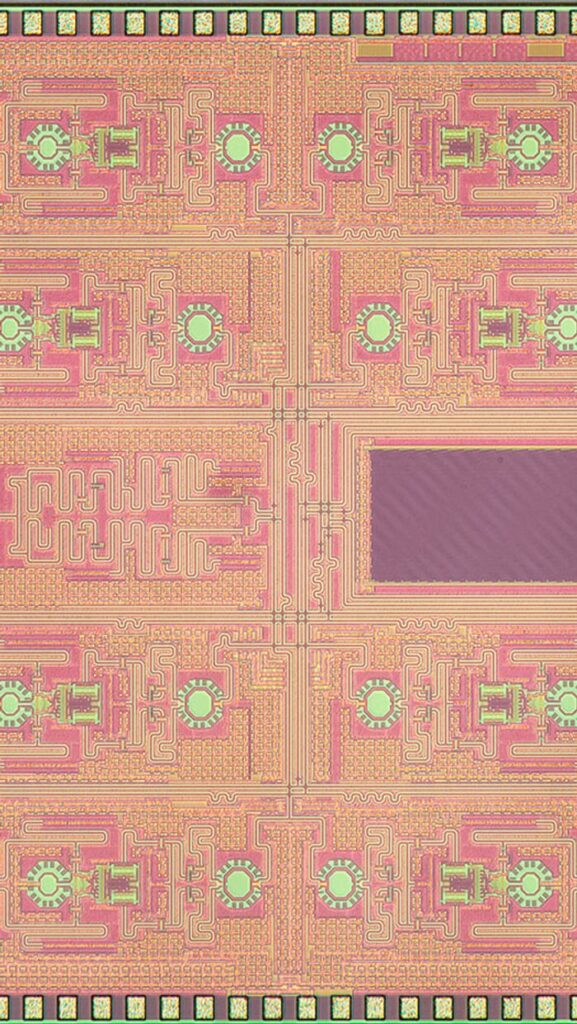If there is one main driver pushing 5G networks for mobile communications into commercialization, it is likely the need for more radio spectrum. To achieve the increased spectrum, 5G networks use millimeter wave spectrum, or radio spectrum above 6 gigahertz. This certainly expands the number of frequencies that these networks can access, but at the cost of making the signal less effective at passing through buildings and other obstacles.
Overcoming this drawback is the job of directional phased array antennas, one of the key enabling technologies for 5G networks. In other words, it electronically directs radio waves in the desired direction. Traditionally, phased array antennas work by creating a phase shift in the radio frequency (RF) path to direct the beam in a specific direction. Unfortunately, RF phase shifters degrade signal quality.
Now, Japanese researchers have taken an entirely new approach. They control the beam using something called a local oscillator. These local oscillators can be combined with mixers to change the frequency of the signal. Scientists at the Tokyo Institute of Technology believe this new approach will enable large-scale phased array transceivers that can increase communication range, data speeds, and network capacity.
High frequency printed circuit board inside the transceiver.Photo provided by: Tokyo Institute of Technology
The team presented their findings last week at the IEEE Radio Frequency Integrated Circuits Symposium 2018. To create a 28 GHz transceiver that employs the local oscillator phase-shifting technique, we designed a circuit that allows the transceiver to shift the phase of the local oscillator. very small steps. The researchers say this produces an antenna array that can be aimed with an order of magnitude more precision than previous designs.
Professor Kenichi Okada of the Tokyo Institute of Technology, who presented the study, said, “If we use the local oscillator phase shift method, there is no need to worry about signal quality deterioration.” “The result is precise phase shifting with low power consumption and small on-chip area overhead.”
A photo of a 28GHz transceiver created by researchers.Photo provided by: Tokyo Institute of Technology
Okada points out that the portion of the spectrum below the 6 GHz band has been used for mobile communications because it has the advantage of low free-space path loss. This is the loss in signal strength that occurs when electromagnetic waves travel along a line-of-sight path in free space. “However, upcoming 5G mobile networks utilizing mmWave bands will require much larger array sizes due to increased free-space path loss.” “Smart beam control will be essential.”
In future research, Okada and his team plan to look even further beyond 5G. He explains that current wireless communications are based on omnidirectional radiation (radio waves are emitted in all directions). Currently, he focuses on multidirectional communication.
In this new paradigm, radio waves are transmitted like laser beams and can be instantaneously directed in any direction. The beam can also be artificially and intelligently split to hit multiple target objects simultaneously.
Okada added, “This will be one of the key technologies for 5G and beyond.”


